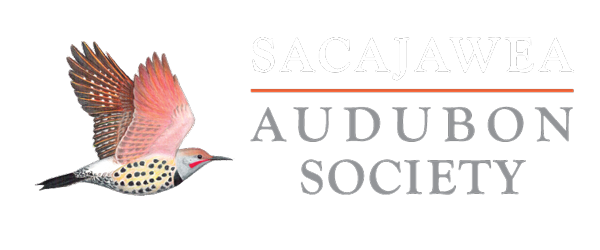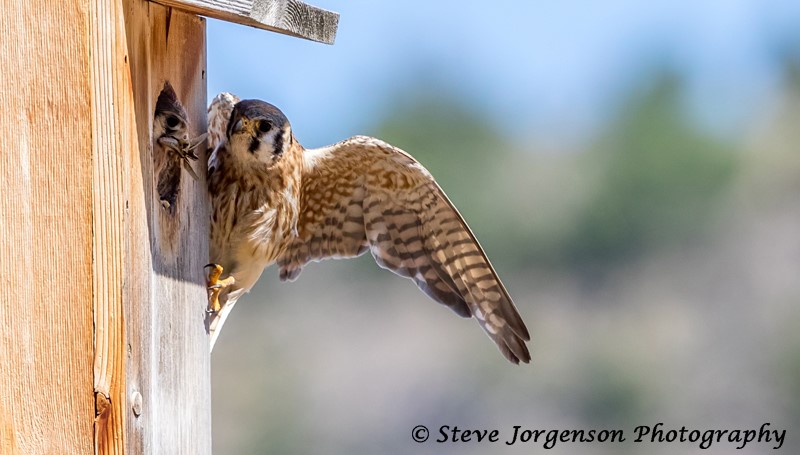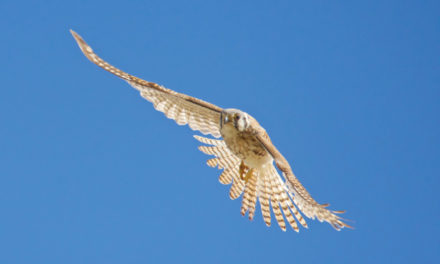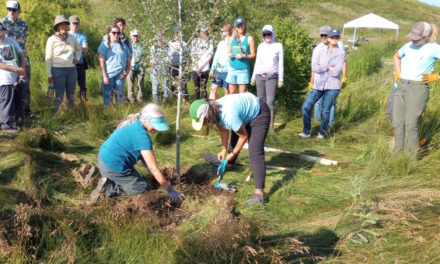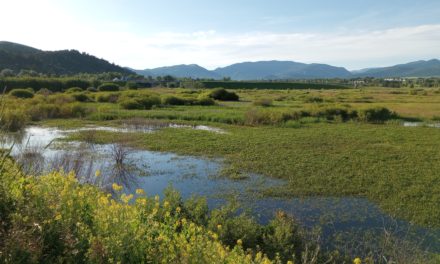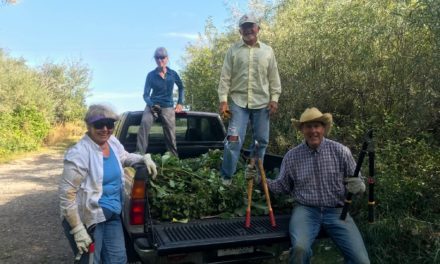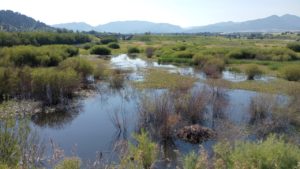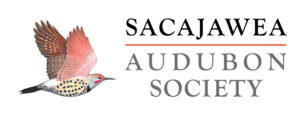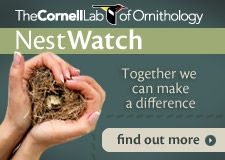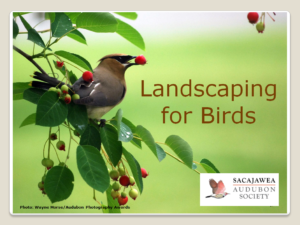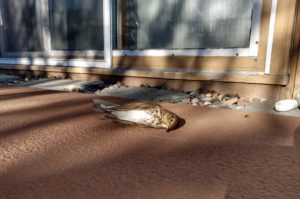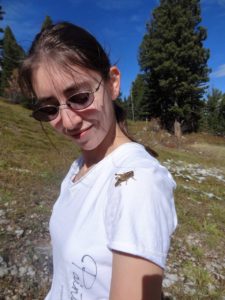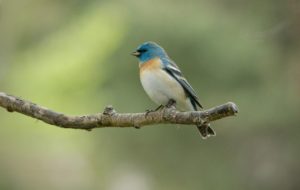by Paulette Epple
This summer was a milestone for the American Kestrel Partnership (AKP) as they collected kestrel nesting data for their tenth year. Sacajawea Audubon Society has been a contributing partner right from the start! In that time period, our program has grown from no boxes used by kestrels the first two years to 18 boxes occupied this summer, with all data contributed to the AKP.
The ten years of data collected by the American Kestrel Partnership is being used in numerous studies. One finding has been that though kestrels are continuing to decline across most of their range, their population is declining much more rapidly in the east than in the west. Another observation has been that kestrels in the west have begun to migrate shorter distances and breed earlier to coincide with a shift in prey availability brought on by climate change. In the Treasure Valley of Idaho, where kestrel studies have been conducted for 30 years, kestrels are laying eggs almost three weeks earlier now than before. The genetically different eastern kestrel population is not exhibiting a similar timing shift. Unlike in other areas, the availability of prey peaks sharply in the northeast for only a short span of time. There, later nesting kestrels are missing the peak of prey and raising significantly fewer nestlings than those kestrels that nest early. For more information about these studies check out the AKP newsletters at https://kestrel.peregrinefund.org/newsletters
In our four-county SAS area, 2022 was a successful season for the kestrels. We fledged a nice round figure of 50 young kestrels from our boxes. We were able to band all 50 young plus one adult female that we caught on the nest. One shining success story of the season was that a box that Leo Freeman and Ron Farmer put up on Leo’s land nine years ago was finally used! It had sat empty for eight seasons while Leo faithfully maintained and monitored it. This year two beautiful kestrels fledged from the box.
We are always disappointed to see that some kestrel pairs fail in their nesting attempts. This year five nests failed completely, either from predation or infertile eggs. With 74 eggs laid in our boxes and 50 nestlings surviving, we ended the season with a 68% success rate. Past year’s success rates have varied between 43% and 81%. We will be responding to a recent call for productivity data for a new study being done by the U.S. Geological Survey and U.S. Fish and Wildlife Service to develop a population modeling tool for kestrels.
Our chapter will continue to do what we can to benefit the kestrels: provide nest boxes, monitor nesting success, and band young, all in cooperation with the AKP. This project would not exist without the cooperation of private landowners who host our boxes. We wish to extend our heartfelt gratitude to our landowner hosts, our volunteers who donate their time cleaning out and monitoring boxes, and our kestrel box sponsors who make this project possible. Special thanks to Alicia and Dennis Ochs, who built and donated four new boxes to replace those that were starting to fall apart.
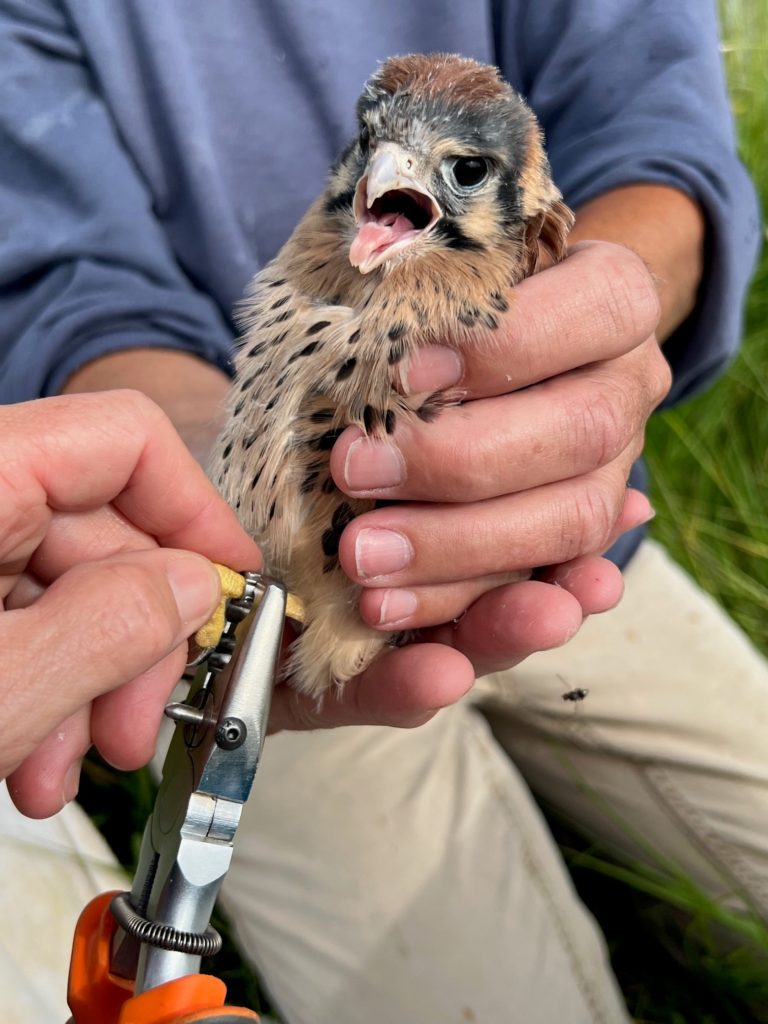
Banding a 25-day old male kestrel. Photo by Holly Pipel
